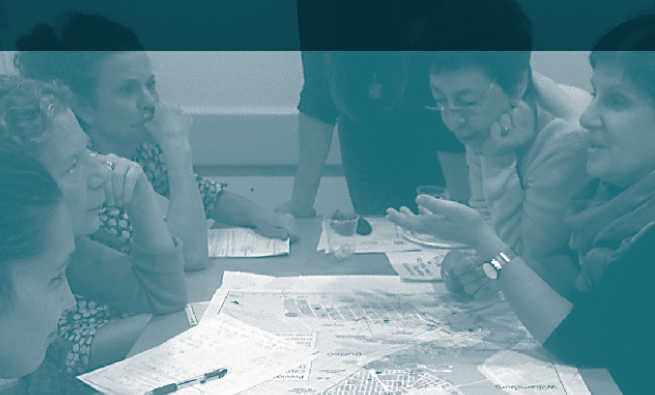Forty-six communities across the U.S. and Canada implemented participatory budgeting initiatives in 2014, involving over 70,000 residents in the allocation of $50 million. This new report from Public Agenda assesses the impact of these initiatives, compiling and presenting data on implementation, participation, and the types of projects funded. It finds that youth and women, as well as black and low-income people, are disproportionately active in the participatory budgeting process when compared to their census data. The authors highlight this potential for participatory budgeting to extend decision-making power to groups that have been traditionally excluded from democratic processes and pose questions for the field to spur further research on how to improve and scale-up participatory budgeting:
Participatory budgeting (PB) is among the fastest-growing democratic innovations in the United States and Canada. Over the course of 2015 and 2016, residents in at least 60 communities will decide how portions of public money should be spent to improve their neighborhoods and cities. Six years ago, only one ward in Chicago and a community housing development in Toronto were putting public money to a direct vote for residents. Not surprisingly, stakeholders across the political and civic sectors are keeping a keen eye on PB and what it could mean for democracy: Can PB improve communities? Does it build trust between residents and government? Do participants develop greater civic skills? And does it lead to more equitable distributions of resources? Read full report.
